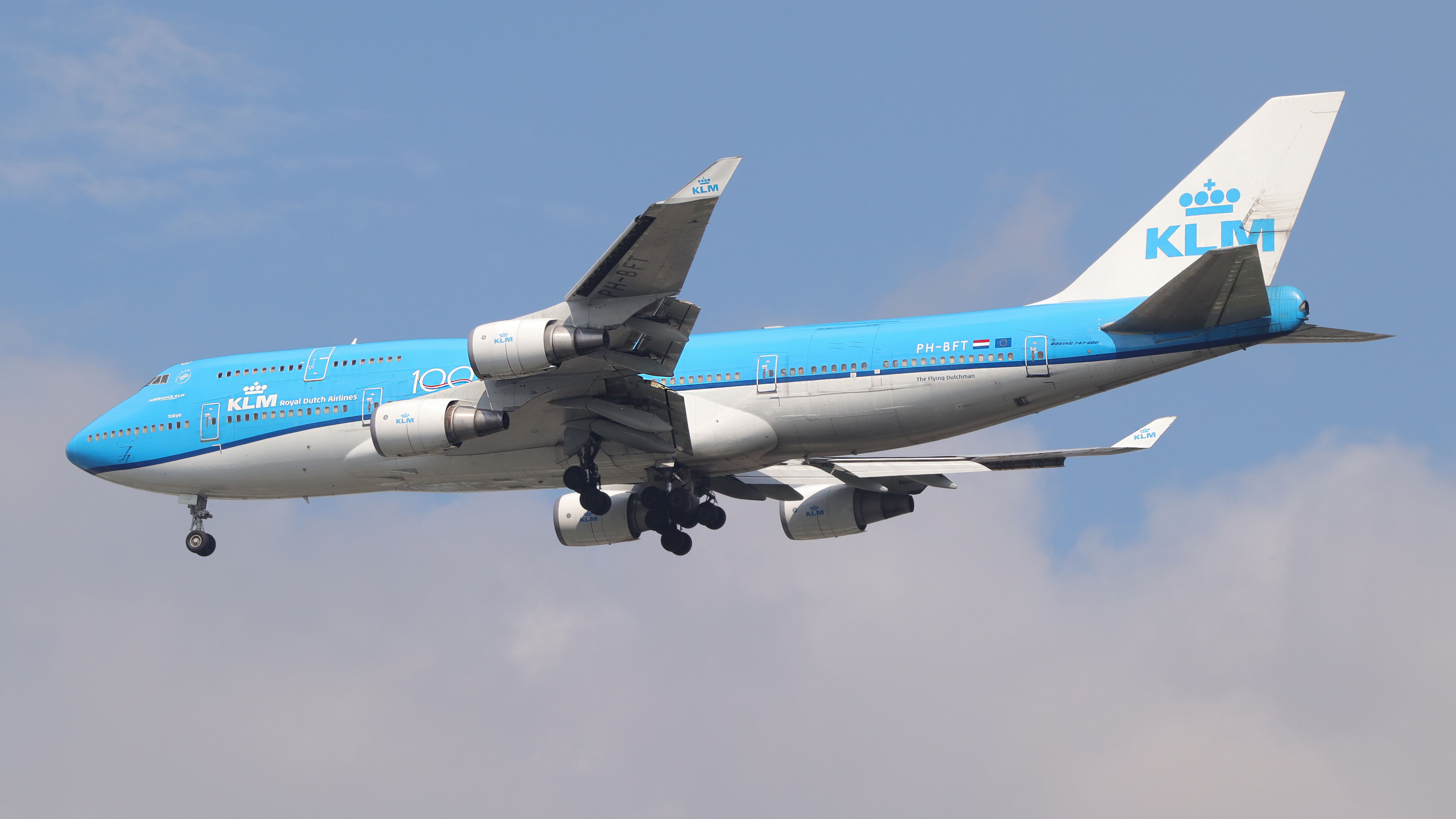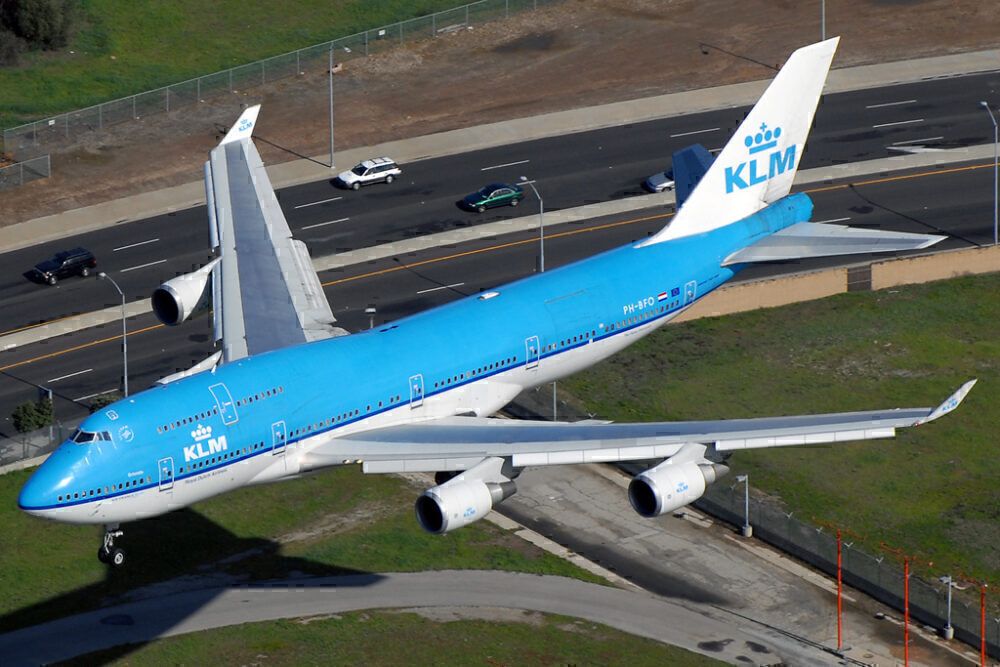The Boeing 747 is, for many, the first long-haul aircraft they can remember flying aboard. It undeniably made aviation more accessible to the masses than any aircraft before it. While many are familiar with the passenger version of the Boeing 747, and others may know that dedicated cargo 747s are also quite popular, there is a unique third type of 747 that's more often forgotten. In this article, we'll break down everything you need to know about the 747 Combi.
A convertible Queen for flexible operations
The Boeing 747 is an iconic passenger aircraft. The distinctive hump and game-changing range made this aircraft a common sight at the world's largest airports in the 70s and 80s. As the years rolled by, Boeing brought us newer, more advanced versions of the type, culminating with the family's most popular variant, the 747-400, in 1989. In 2011, the family's final variant, the Boeing 747-8, would debut.
Boeing's jumbo jet was not only popular with passenger airlines, however. Boeing developed several derivatives of the model, from high-density domestic versions targeted at the Japanese market to pure freighters with lifting noses for cargo airlines. But what about those airlines that wanted to move both passengers and cargo around the world?
To cater to this need for flexibility, Boeing introduced the 747 Combi, an aircraft that offered the combination of passenger capacity alongside main deck cargo space and a proper cargo loading door. It was a unique proposition that proved popular with airlines from the 70s onwards.
The different combi jumbos
The first official Boeing-produced 747 combi was the 747-200M, an aircraft equipped with a rear side-loading cargo door. Additionally, a moveable partition was installed in the passenger cabin, allowing for a capacity of up to 238 passengers in a three-class configuration.
Following this, the less well-sold 747-300 was also developed into a combi version. Similar to the -200M, the 747-300M had cargo at the back, a side cargo door, and passengers at the front. However, with its stretched upper deck, there was more room for passengers.
The best-selling 747-400 launched in February 1989 with Northwest Airlines. Months later, Boeing delivered its first 747-400M, with the aircraft entering service with KLM in September of that year. Based on the previous combi versions, it had a large cargo door for loading pallets of freight at the rear, with a locked partition separating passengers and goods.
Notably, a few airlines also operated combi versions of the very first 747, the 747-100. However, Boeing never produced these itself; rather, they were converted from passenger variants to have a side cargo door and bulkhead separator.
The final variant of the 747, the 747-8, was not produced with a combi variant. Instead, with demand for quad jets dwindling, Boeing focused on producing pure passenger or cargo aircraft.
Does anyone still fly the Combi 747?
These 747s with an M designation were very specific aircraft. While they were popular with the airlines that operated them, their sales figures were low compared to the other variants of the family, likely due to the unique set of circumstances that would require their operation.
The 747-200M sold 78 units, the -300M 21, and the 747-400M notched up 61 sales. A major operator of the combi jumbo was Dutch airline KLM, but they were also used by Air France and Lufthansa relatively extensively. Other operators included Air Canada, Air India, Alitalia, Qantas, SAA, and Varig.
By the start of 2020, only 10 747 combis remained in operation in the world. The remaining units were all operated by KLM, but they were getting old. While a smaller, more intimate cabin allowed for a unique experience, the carrier's combis had grown old and inefficient, and KLM planned to phase them out by the end of 2021.
However, the events of 2020 forced the airline's hand and prompted it to retire the last of the combi Queens early. Several left in March 2020, although three were brought back into service for cargo-only operations. By October of that year, these, too, had left the fleet.
Whether there is a space for 747 Combi aircraft in the future is an exciting idea to explore. It is possible that some carriers that operate the 747-8i could convert them into combis if an appropriate balance of passengers and freight to a given destination were demanded. But as of now, these aircraft have disappeared from the skies.




